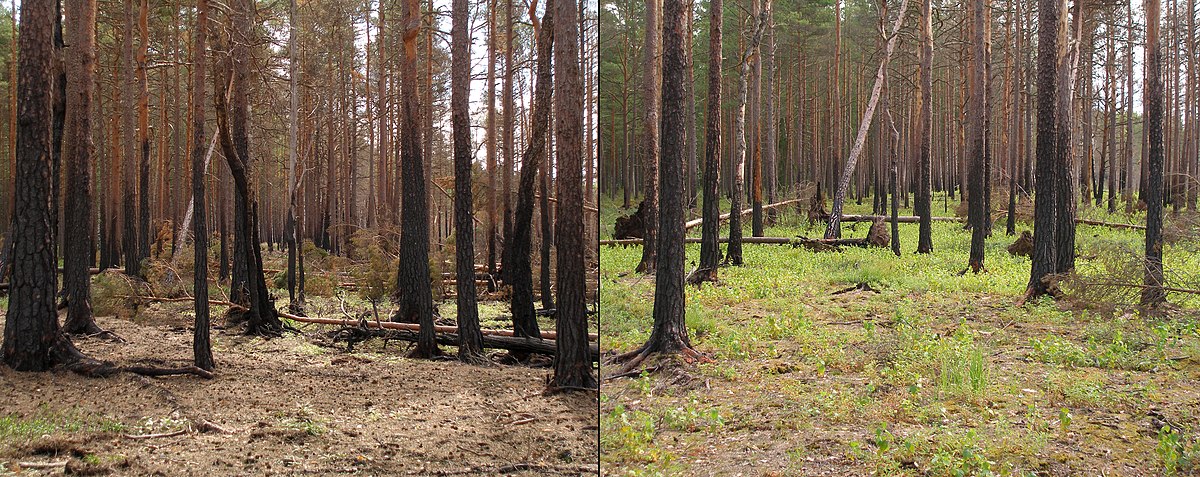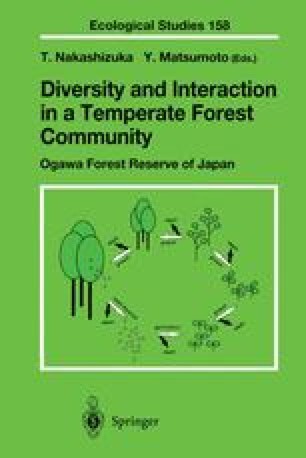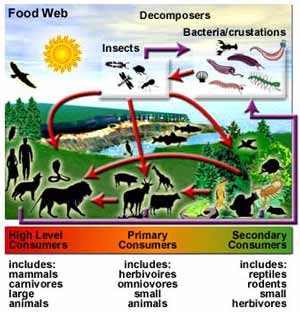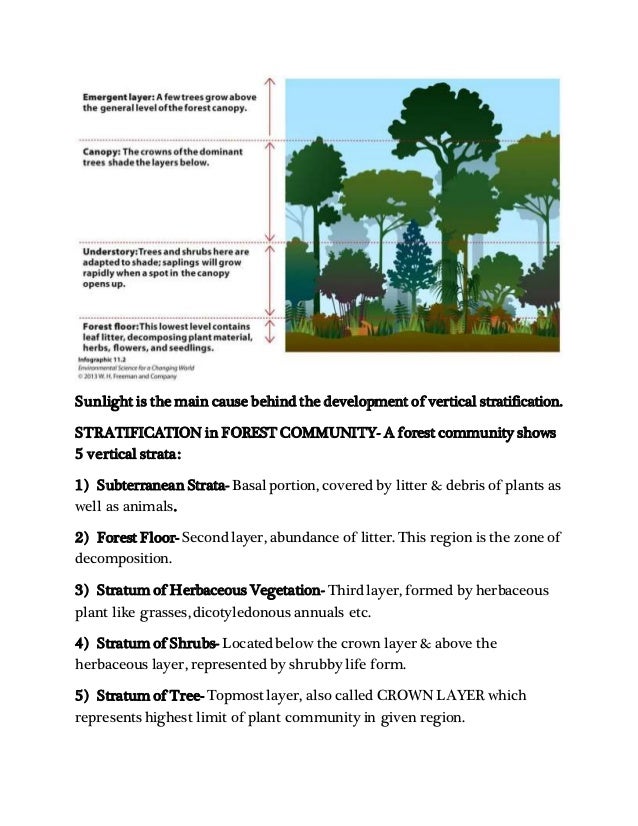Forest Community Ecology
forest community ecologyDescription classification identification of forest communities interspecific interactions positive and negative resource partitioning ecological niche biodiversity biodiversity and ecosystem function. The inclusion of excellent chapters by for example peres on soil fertility and arboreal mammals dyer on tritrophic cascades and arnold on endophytic fungi provide a nice counterbalance to the many chapters on tropical trees.
 Community Ecology Chapter 8 I Community Structure A Four
Community Ecology Chapter 8 I Community Structure A Four
Some species hunt and compete while others peacefully coexist.

Forest community ecology. Carson university of pittsburgh department of biological sciences pittsburgh pa usa stefan a. Foresters manage the structure function of forest ecosystems biotic abiotic community ecology along with population ecology largely informs management of the biotic component. An ecosystem is a higher level of organization the community plus its physical environment.
We can study ecosystems from a structural view of population distribution or from a functional view of energy flow and other processes. Thus forests are studied at a number of organizational levels from the individual organism to the ecosystem. Community ecology community ecology the process of succession.
Community ecology forest management. Forest ecology is one branch of a biotically oriented classification of types of ecological study as opposed to a classification based on organizational level or complexity for example population or community ecology. The natural world includes many types of ecological communities having a unique structure and assemblage of plant and animal populations.
Ecosystems include both the biological and physical components affecting the community ecosystem. Includes contributions from some of the world s leading tropical ecologists covers patterns of species distribution the maintenance of species diversity the community ecology of tropical animals forest regeneration and conservation of tropical ecosystems. Community ecology examines complex relationships between species and their shared environment.
Schnitzer university of wisconsin milwaukee department of biological sciences milwaukee wi usa and smithsonian tropical research institute aparwo 0 43 03092 bdfxxz republic of panama. The first is the establishment of large scale permanent forest dynamics plots in most of the major tropical forest regions of the world. Community ecology established by the merger of two ecological periodicals coenoses and abstracta botanica was launched in an effort to create a common global forum for community ecologists dealing with plant animal and or microbial communities from terrestrial marine or freshwater systems.
The sequential progression of species during succession however is not random. Importantly the editors were broad minded in their definition of tropical forest community ecology. Primary and secondary succession both create a continually changing mix of species within communities as disturbances of different intensities sizes and frequencies alter the landscape.
Two major advances in tropical forest ecology one methodological and one theoretical animate this book. Tropical forest community ecology editors walter p.
 Bes Forest Ecology Special Interest Group
Bes Forest Ecology Special Interest Group
 Community Ecology Mittelbach Gary G
Community Ecology Mittelbach Gary G
 Tropical Forest Community Ecology Wiley
Tropical Forest Community Ecology Wiley
 Community Ecology Structure Species Interactions Succession
Community Ecology Structure Species Interactions Succession
Session 2 The Forest Ecosystem
 Tropical Forest Community Ecology Amazon Co Uk Walter Carson
Tropical Forest Community Ecology Amazon Co Uk Walter Carson
 Community Ecology Nhbs Academic Professional Books
Community Ecology Nhbs Academic Professional Books
The Natural Forest Community Depends On Plants That Depend On Soil
Mres Tropical Forest Ecology Study Imperial College London
 Field Trip Forest And Grassland Ecology Starkville Science Club
Field Trip Forest And Grassland Ecology Starkville Science Club

 Secondary Succession Wikipedia
Secondary Succession Wikipedia
 Organism Population Community Ecosystem Google Search
Organism Population Community Ecosystem Google Search
 General Conclusion Forest Community Ecology And Applications
General Conclusion Forest Community Ecology And Applications



